There’s a looming mental health crisis in the United States. Publishing statistics about the crisis for 2022, national nonprofit Mental Health America shares some disturbing details of note. “In 2019, just prior to the COVID-19 pandemic, 19.86% of adults experienced a mental illness, equivalent to nearly 50 million Americans.”
The second statistic is much darker: “Suicidal ideation continues to increase among adults in the U.S. 4.58% of adults report having serious thoughts of suicide, an increase of 664,000 people from last year’s dataset. The national rate of suicidal ideation among adults has increased every year since 2011-2012. This was a larger increase than seen in last year’s report and is a concerning trend to see going into the COVID-19 pandemic.”
Nashville visual artist Mark Jones is a mental wellness advocate. He’s struggled with his own mental illnesses for most of his life. He must fight to survive, even when his mind tells him that he doesn’t want to live.
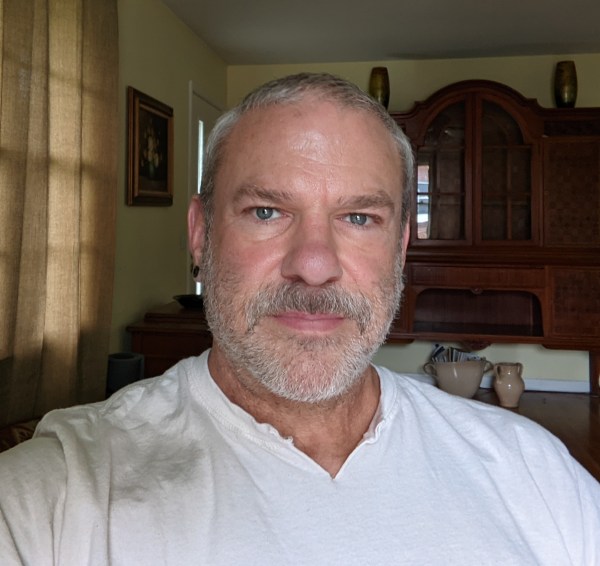
“My diagnoses are generalized anxiety disorder—or GAD—obsessive-compulsive disorder, but not severe, ADD, and PTSD,” he tells Launch Engine.
A mix of depression and anxiety keeps him isolated for long periods of time. Mark longs to be social, and have the life he once enjoyed. He resists the urge to give up and tries to make the most of every single day.
Getting Through the Day When You’re Not Okay
Mark has made progress in his fight for good mental health. Once an alcoholic and drug user, Mark self-medicated for ten years straight. Stepping away from that lifestyle, he’s now enjoying 26 years of sobriety.
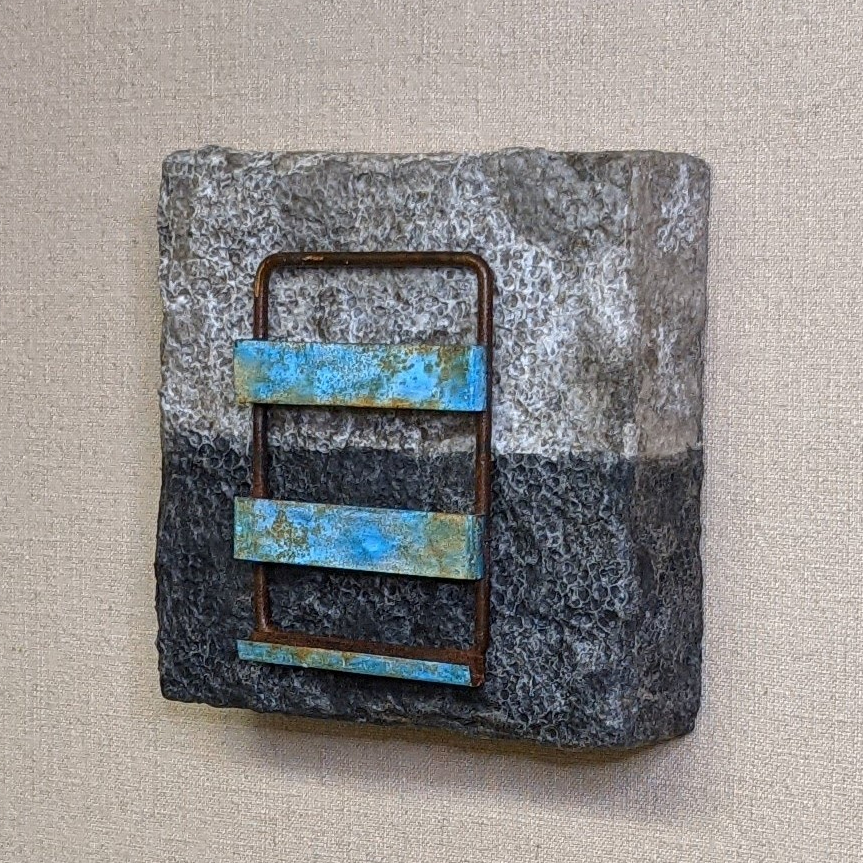
Staying clean, Mark’s anxiety would force him to sleep for days. “My ex-husband would tell me it was like living with a ghost,” he recalls.
Mark is crippled by his anxiety. He is not able to socialize for long periods out of fear of having a panic attack. He would put off getting groceries, even if it was absolutely necessary. When he did go out to shop, Mark frequently had to abandon shopping carts and just leave without making a purchase.
So what triggered this? According to Mark, the PTSD he experienced would cause panic attacks when he heard loud noises, or when there was a sudden environmental change. Just like his shopping excursions, Mark has had to abandon dinner with friends and get-togethers at a moment’s notice.
This made work especially difficult for him. Mark hasn’t been able to work steadily since a major mental breakdown in December 2019.
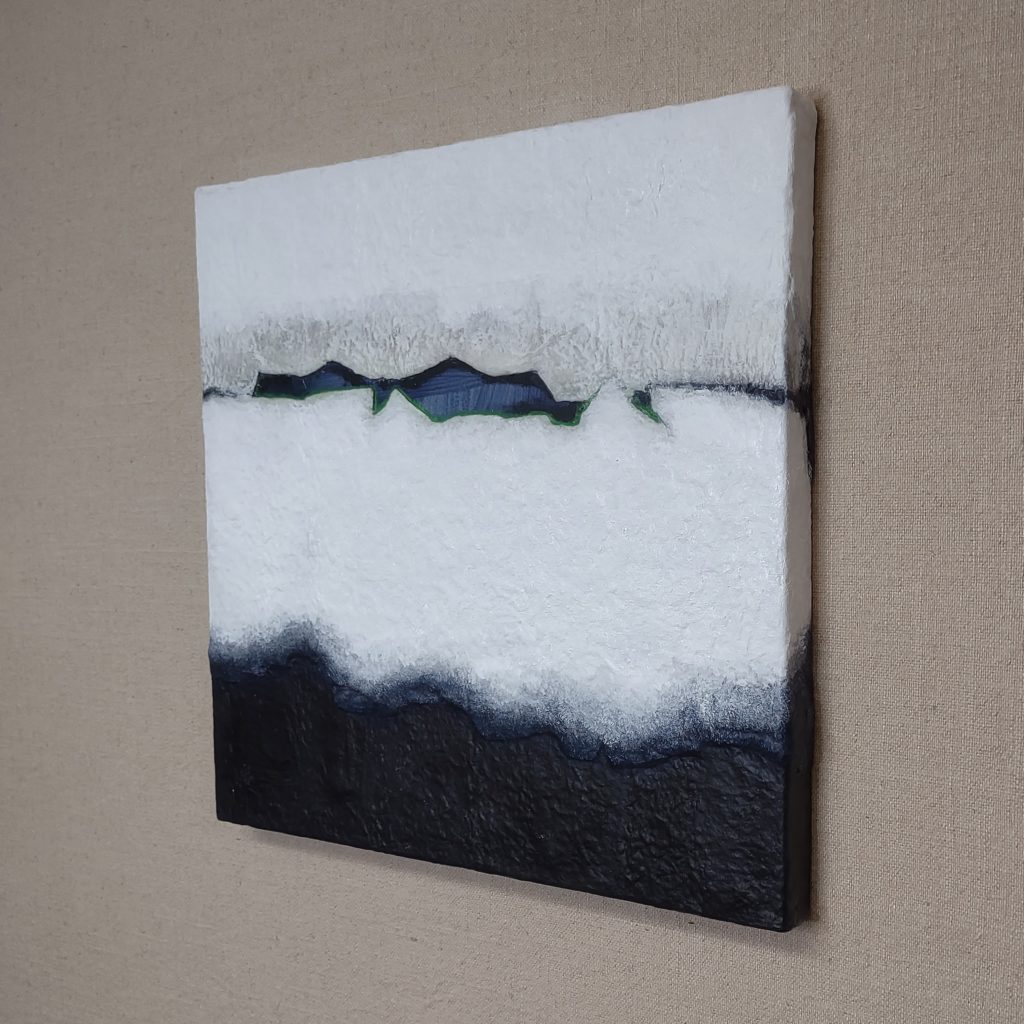
“Since then, I’ve lost everything to mental illness. I’ve had to sell personal belongings to stay afloat. I have very little left. I sold my car in Spring 2021 to make ends meet, but that money too is gone,” Mark says. He currently lives on food and insurance assistance.
“I don’t want people to feel sorry for me,” Mark says. “I want them to feel inspired. I’m trying to get better. And I think that I can.”
Unable to work, Mark has stayed active through the desire to create. Mark has been a professional visual artist since 2000. He has worked in a few mediums, including stained glass, metal, collage, and assemblage art.
Mark found his latest creative modality in February 2021. He discovered that he could work with recycled paper insert materials for packaging. In March 2021, Mark claimed this as his new creative voice.
New creative outlet aside, Mark had a tumultuous 2021. He could not bring himself to make new art, as depression crept back in. Mark felt purposeless, and no longer able to do his work as an artist. His joy was robbed from, only to be replaced with suicidal thoughts or chilling despair.
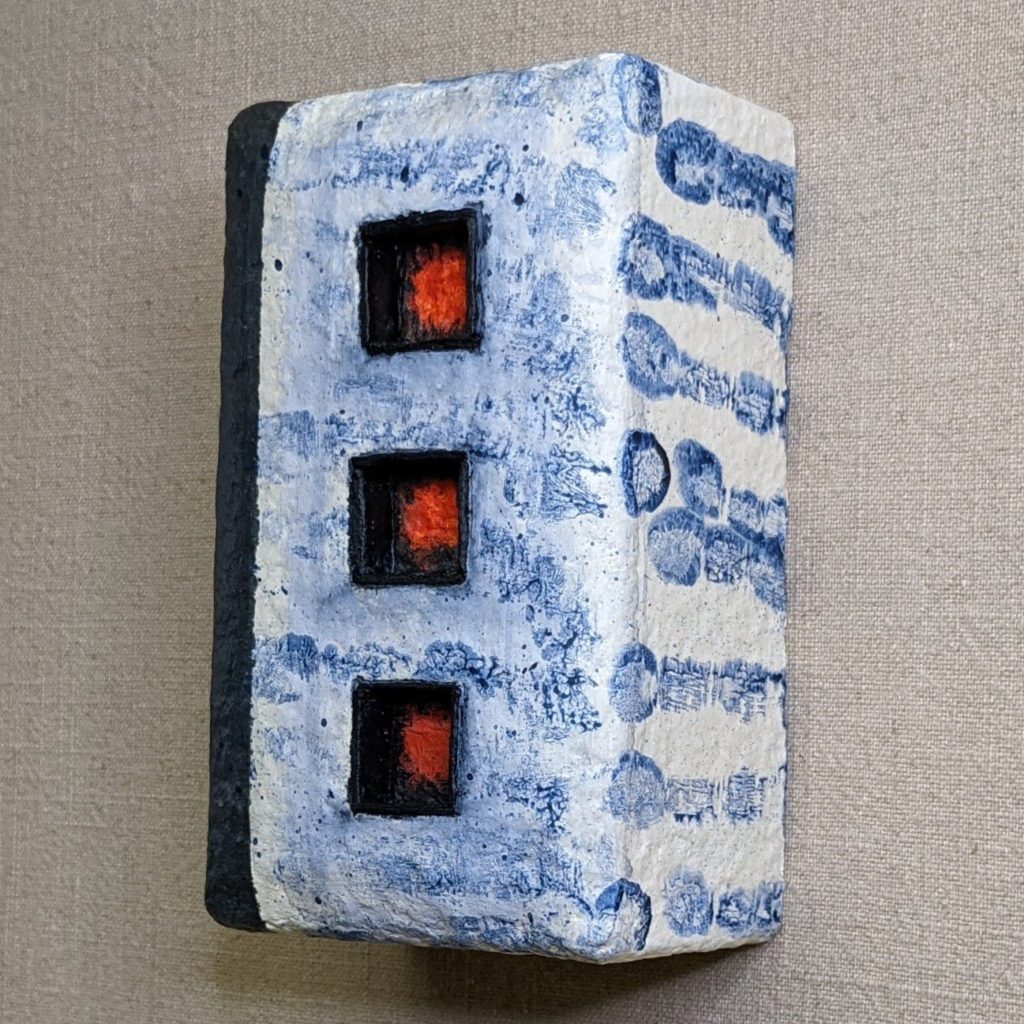
The Anatomy of One’s Shadow
Mark’s predicament presents many questions. In trying to answer these questions, one must trace Mark’s personal darkness back to its source.
So, where did Mark’s mental illness come from?
Mark traces his mental disorders to trauma from his childhood. He grew up in a very strict, religious household that condemned homosexuality. Knowing early on that he was gay, Mark kept this secret to himself.
The abuse Mark suffered was not only emotional, but physical. Mark’s sister was “profoundly autistic,” and prone to bouts of violence.
“I was the only one that could control her,” Mark says. Acting as her caregiver was a physically dangerous task. “I would have a bloody nose in a second. She would be fine, and then she would throw a chair at the wall.”
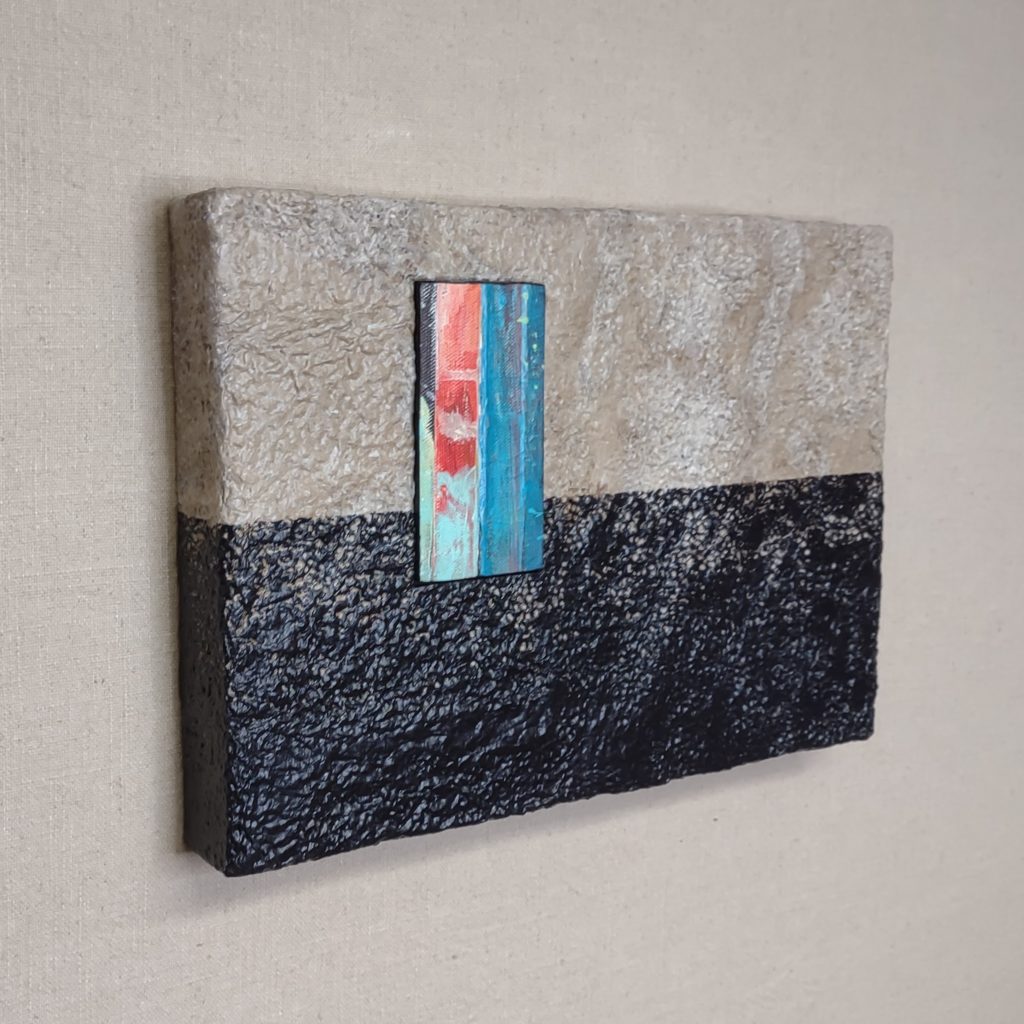
Pebbles Rippling Through Time’s Waters
These formative life experiences made their impression on Mark. And it wasn’t until he fully understood his disorders that he was able to do something about them. His problems typically start with a feeling of discomfort caused by the stimuli around him. This turns into agitation, prompting a fight-or-flight response. Mark will then get angry. If he can’t leave, he will try rescue techniques as a last resort to prevent from lashing out.
Mark actively wants to get better. But his options are limited. He’s been in therapy for 12 years, which helps to a degree. For decades, he’s tried to find a prescription that had a lasting effect on him.
“With my particular chemistry, medications don’t work,” Mark says. “I’ve been on medications for 23 years. I’ve tried so many different ones. It’s always ‘Okay, I feel okay.’ And then, again it just falls off and I want to die.”
This is a feeling Mark has experienced recently. During the 2021 holiday season, Mark’s depression was taking hold yet again. He had tried almost everything.
He shares, “Part of what I do is I talk. I can talk about it because I don’t want to be ashamed of it. I want to talk about it. I want to break the stigma. Because the more you talk about it, the more people understand that they’re not alone in suffering from this.”
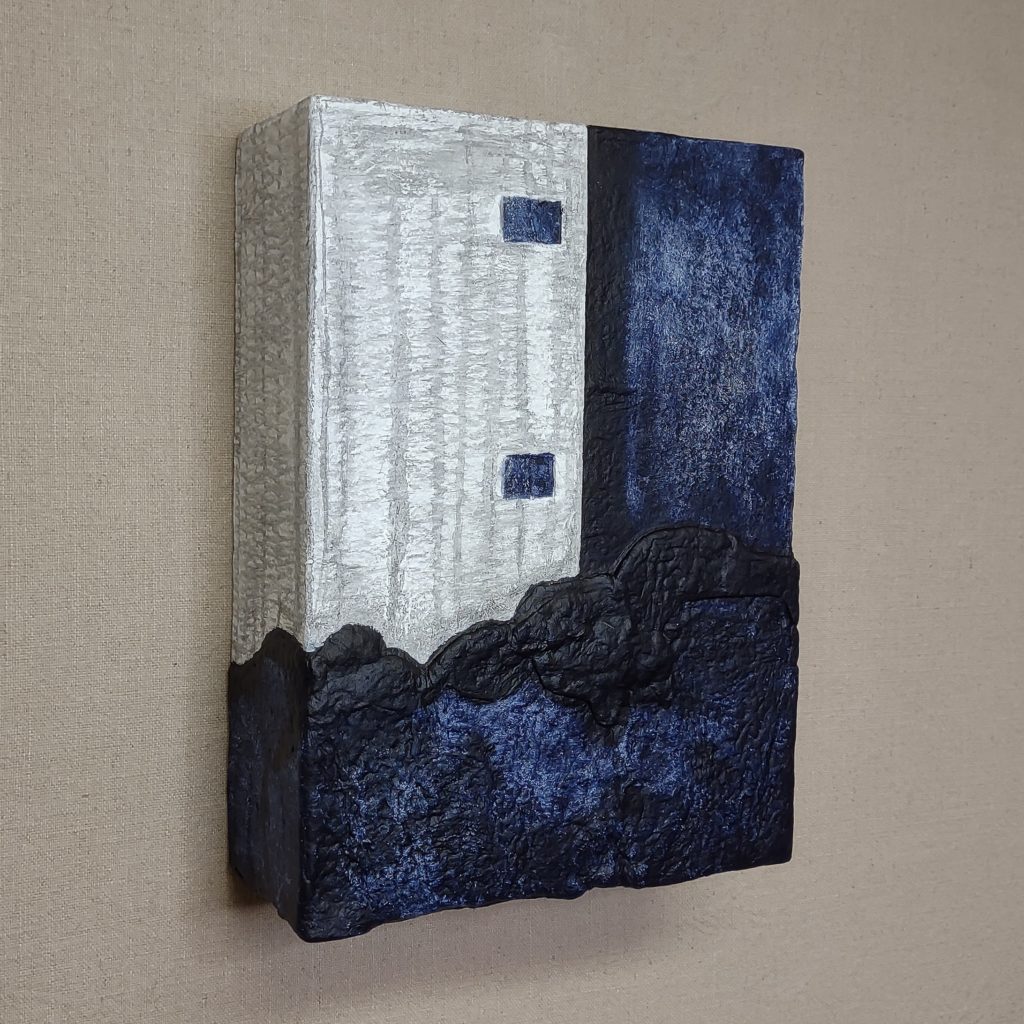
A Glimmer of Hope in the Darkness
Mark’s initial interview with Launch Engine was conducted in October 2021. The first interview ended with Mark insisting that he was determined to live, and not let his mental illness win.
But a new chapter in Mark’s story was starting. At the time of the first interview, his doctor was researching new forms of medication. Mark was recommended for a ketamine treatment, which has shown promising results for treating depression. With no other real options for medication on the table, Mark underwent his first ketamine treatment in December 2021.
And what effect did this treatment have on Mark?
“The ketamine treatments have changed my life,” Mark says. “I feel so much better.”
Descriptors like “happier” and “more upbeat” fail to capture Mark’s complete emotional transformation. For years, studies have shown that depression can shrink the brain.
Sharing what he’s learned about his disorders, Mark shares “Depression and anxiety causes brain damage in the neural pathways and ketamine helps rebuild new ones.”
Mark started caring about the little things again. He was also about to process information differently, seeing the world from a completely different viewpoint.
“It’s like someone turned on the color… turned all of the senses,” Mark says.
Ketamine treatments have kick-started his artistic ambitions again. Mark jokes, “In mid-December, I had meetings every single day.”
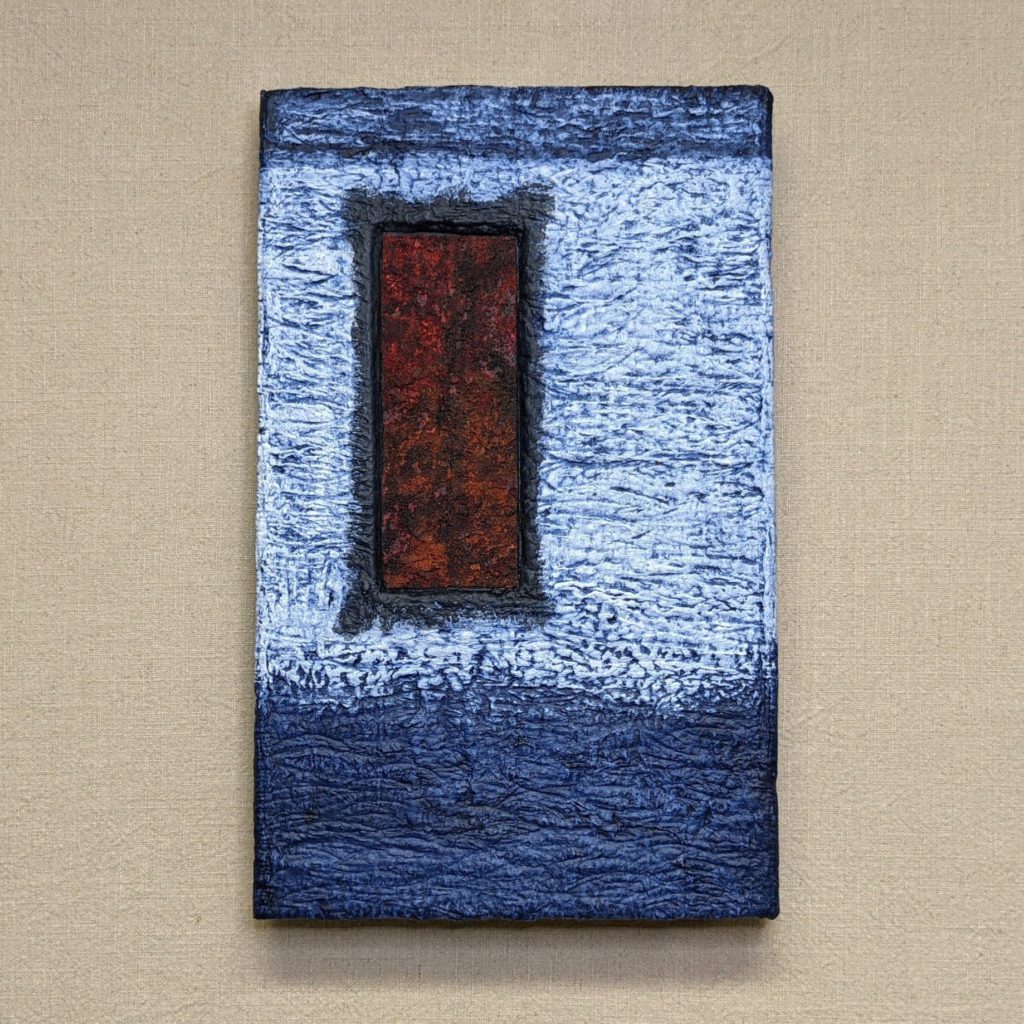
There is still so much work to be done for Mark. He will likely struggle with depression throughout his life. But now that he’s able to get some relief through ketamine treatments, a productive 2022 is on the horizon for Mark.
Mark is looking at a few options to generate finances in the immediate future. These options include a potential fundraiser for his art, or being part of a co-op program where he can volunteer. This would give him a permanent venue to sell his work.
And Mark does have skills. He served on the board of directors at the now defunct Madison Art Center in 2000 and 2001. He was also the assistant gallery director.
“I’ll be doing some of the local art markets,” Mark says. He’s currently looking for both community support for his art and gallery representation. Mark is open to commissions, networking, and every other creative opportunity he can get his hands onto this year.
Mark is currently working with the Healing Arts Project Incorporated (HAPI)—a Nashville-based nonprofit—to help the organization resource recycled materials. Per their website, “(HAPI) provides artistic opportunities for persons in mental health and addiction recovery to promote healing, community awareness and inclusion.”
“They’re a wonderful organization, and it was an honor to be asked to help them,” Mark states. “They do really good work in the community.”
For further information about the art of Mark Jones—including details about his process, his online shop, and mental health resources—be sure to visit his website.

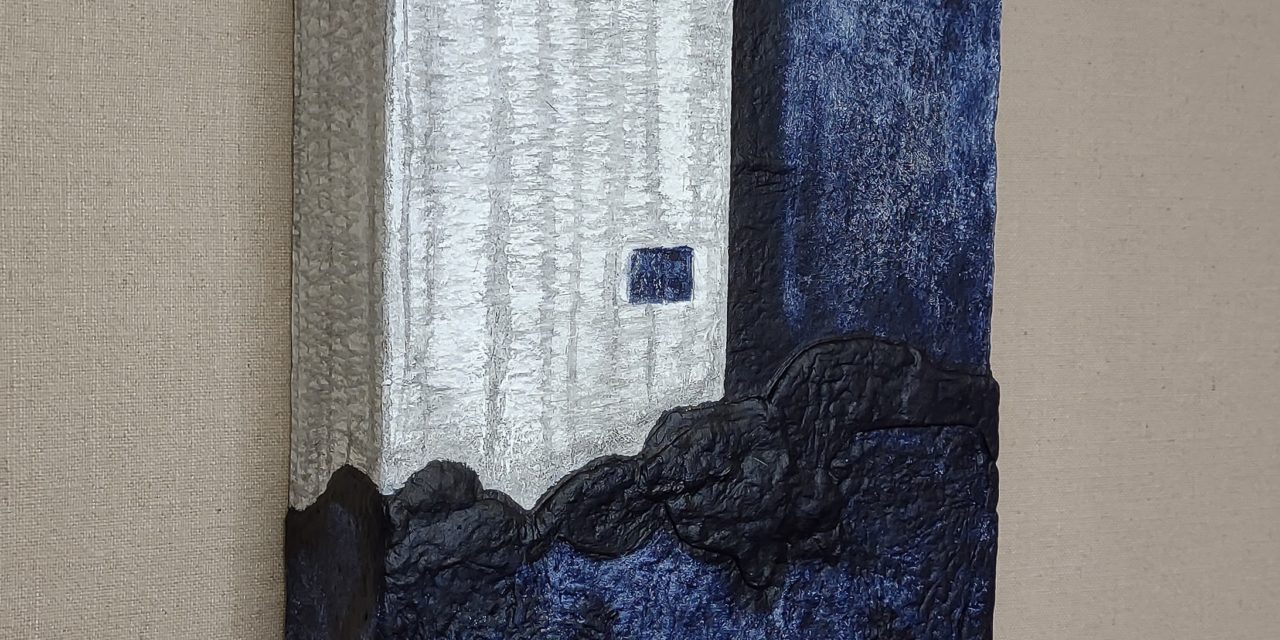
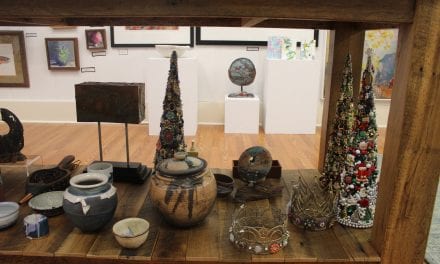
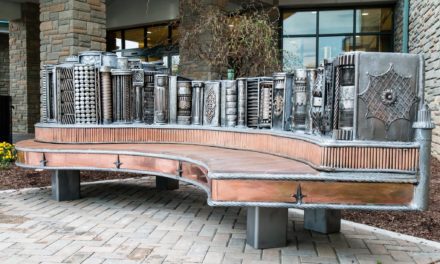
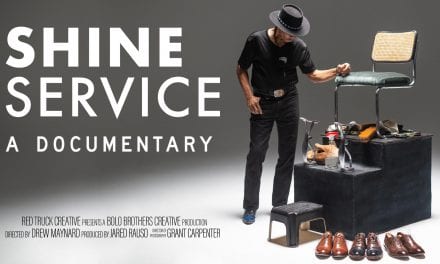




We are so Happy for you. You are a powerful person towards helping your self and others. This always makes people feel better about helping others. We are so proud of you. We will always be there for you. Love you very much Dad and Joan.